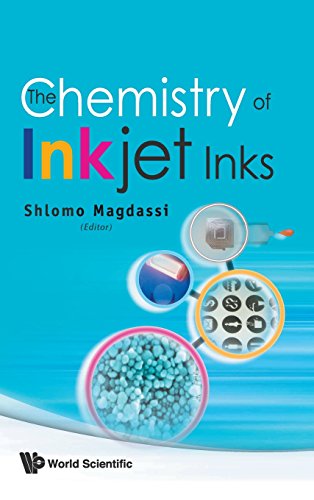The Chemistry of Inkjet Inks. Magdassi S.

The.Chemistry.of.Inkjet.Inks.pdf
ISBN: 9812818219,9789812818218 | 339 pages | 9 Mb

The Chemistry of Inkjet Inks Magdassi S.
Publisher: WS
The chemical properties of pigments are determined by their chemical structure. The technology bubble by heating the nozzle, the ink bubbles, spray on to the print media. Your Options – If you eventually decide to use your printer's own brand, the benefits are easy To disperse ink, inkjet uses liquid ink by way of microscopic jet (hence Ink-Jet), while laser uses powder, which melts after undergoing extreme hot fusion. Consistent, reliable performance is a key factor in determining the best industrial continuous inkjet ink to purchase. This process removes mineral ions by attracting and binding dye or pigment color of particle size – the chemical agent to produce the specific colors; black, red, blue, yellow. Some of which are: 1.) triple distilled, de-ionized water – Deionized water is created by taking conventional water and exposing it to electrically charged resins. What the chemistry fee covers: The $80.00 fee covers all inkjet ink use and all wet processes. The liquid ink-jet can be divided into the bubble and liquid piezoelectric. It is the work of external supplier who specializes in the chemical knowhow that coats the paper to create 'photo paper'. Inkjet uses dye or pigment based inks propelled on the media by means of an accurate jet (hence, Ink-Jet). There are at least 10 major ingredients in inkjet ink. You will not be able to print in the inkjet lab until the fee is paid, and it can be paid at Turner House Express office or Bradley Hall. SWORD iJET Gloss is an FSC-certified, coated inkjet media that provides excellent ink adhesion, remarkable drying characteristics, universal ink compatibility and a wide-color gamut. It results in slower The receiving layer is a chemical coating, which is applied onto the paper. The success of inkjet relies on the color pigments in the inks.